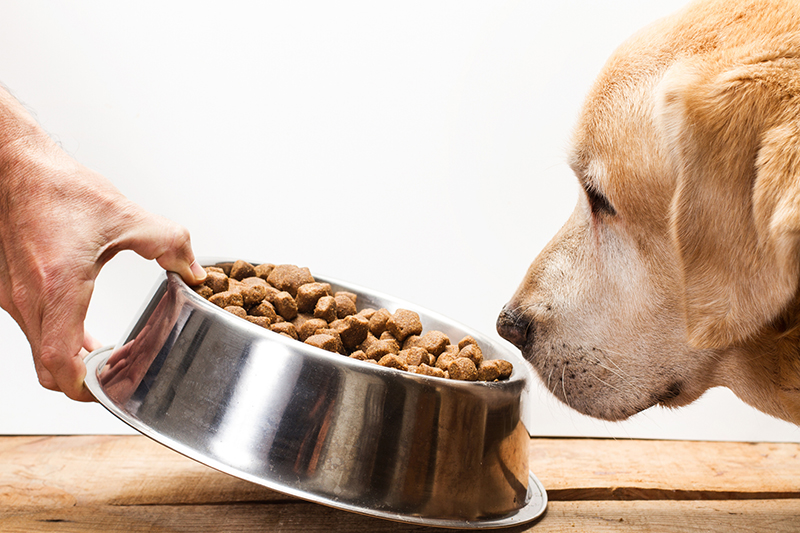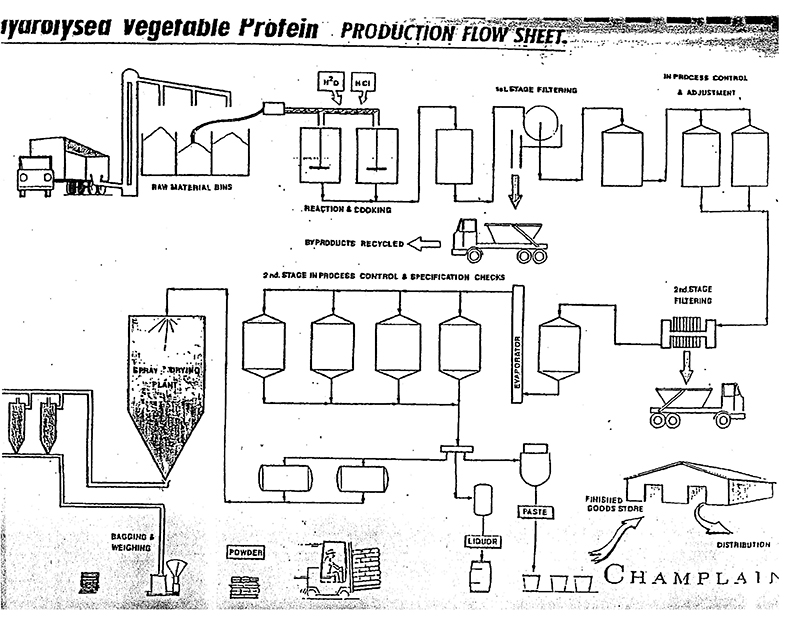For most pet owners, the proof of quality, flavorful pet food products is in watching our furry friends enjoy their food. When a new diet is introduced to a pet and it stimulates active consumption, it’s considered palatable, and therefore a success. — Kemin Industries
Your idea of a successful food for your pet is probably one that will nourish your pup or kitty and help them live a long, healthy life. But for pet food companies, success is measured by how quickly a dog or cat eagerly eats up every last bite of the same food every single day.
Palatability is a key phrase in the industry. And to ensure that the food is palatable, or tasty and appetizing to the pet, a “secret” ingredient is added — one called a “palatant.”
Palatants are big business. These additives coerce an animal into consuming what’s placed in front of it (even if it’s an unappetizing-looking bowl of hard, brown pellets) using exactly the same method that makes Cheetos irresistible or gets Doritos to taste like the most delicious thing you’ve ever put in your mouth. You know the secret ingredient as monosodium glutamate (MSG), but it’s really the manufactured free glutamate (MfG) in the MSG that triggers our taste buds and our animals’ taste buds, making them beg for more. MfG can be found in 40+ food ingredients.
Palatants, which are also called “digests,” are primarily made from either hydrolyzed animal or vegetable proteins, which invariably contain MfG. When a protein is hydrolyzed it will always create excitotoxic – brain damaging — amino acids. It doesn’t matter if that hydrolyzed protein is put in dog food or a can of tuna you eat for lunch, it will contain MfG, the brain-damaging ingredient found in MSG.
Now, if you plan is to carefully examine the labels of pet foods for this noxious ingredient, you won’t come away with much information. Palatants can be listed on the label as “natural flavoring,” “digest,” or simply incorporated into some other benign-sounding component of the food – both in bargain brands and pricy boutique ones.
There are, however, some pet foods that will tell you right on the package that they’re using MfG-containing hydrolyzed proteins.
The pea-protein gravy train
Currently, the biggest darling of the food industry is widespread, multi-purpose pea protein. It’s a cheap ingredient used to bump up protein content in scores of bars, drinks, powders for smoothies and fake foods. Read more about it here.
When used in pet food, it’s advertised as an easily digestible source of protein, and is typically found in allergy, grain-free and limited protein diets.
Purina is one of many major pet food manufacturers that uses pea protein in its dog food formulas. While consumers are starting to realize that pea protein in human foods contains excitotoxic, brain-damaging MfG, it appears that same level of concern doesn’t apply to what we feed our pets. That is, until we learn that something has gone terribly wrong.
The mysterious heart ailment associated with grain-free pet foods
In 2018 the FDA issued an alert about grain-free pet food being implicated in untold numbers of otherwise healthy dogs and cats developing dilated cardiomyopathy, a disease of the heart muscle that can come on slowly and ultimately be fatal.
In typical FDA slow-motion style, the agency first received reports of the potential connection back in 2014, yet waited four years to warn pet owners. Now we know that all breeds, ages and sizes of dogs have been involved in the 560 accounts the FDA received (which most certainly are only a fraction of the actual number of cases).
Interestingly, no heavy metal compounds were found in the foods tested, but over 90 percent of the food consisted of grain-free formulas containing pea and/or lentil protein, i.e., MfG.
Could the excitotoxic amino acids in those ingredients have triggered this deadly heart condition? It’s pretty much a given that we will never learn more from the FDA. To even consider these highly processed, toxic vegetable proteins as a potential cause of this tragedy is something that agency will never, ever do.
The U.S. pet food industry is predicted to reach $30 billion in the next two years, with more and more expensive, highly advertised and “gourmet” brands on the market. Despite all the glowing package claims and pictures of fish, meat and poultry, the contents generally consist of low-quality, toxic ingredients.
And sadly, our dogs and cats are becoming overweight, morbidly obese, diabetic and sick at an ever-increasing rate – just as are their human companions.
If you have questions or comments, we’d love to hear from you. If you have hints for others on how to avoid exposure to MfG, send them along, too, and we’ll put them up on Facebook. Or you can reach us at questionsaboutmsg@gmail.com and follow us on Twitter @truthlabeling.




